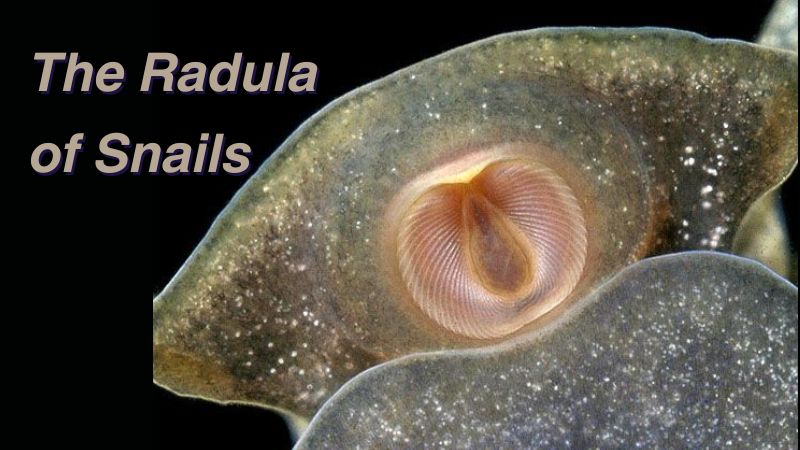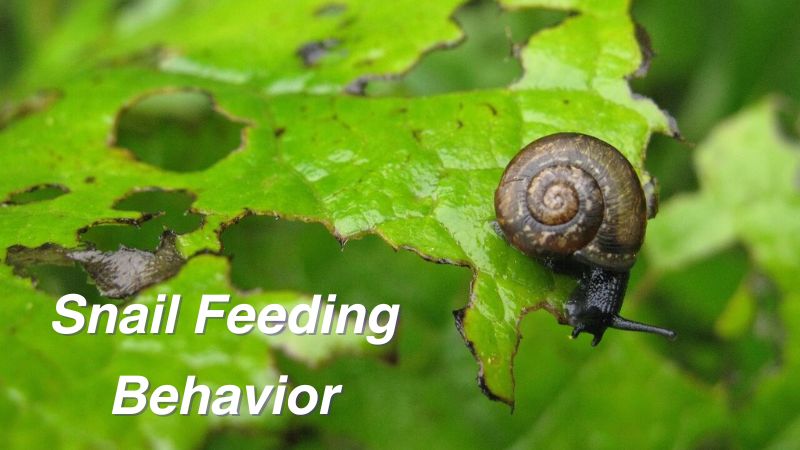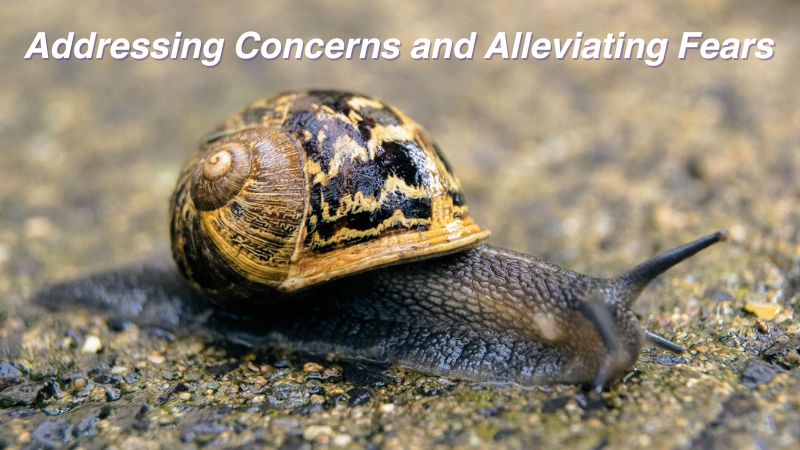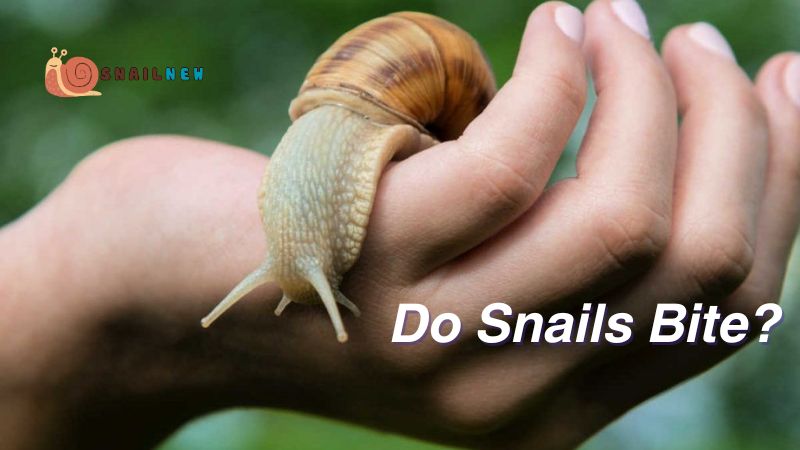The enigmatic world of snails, characterized by their leisurely pace and intricate shells, often prompts questions about their behavior and capabilities. Among the myriad queries, one frequently asked is, “do snails bite?” This seemingly simple question from Snailnew serves as a gateway to explore the complexities of snail anatomy, feeding habits, and the truth behind the perceived notion of snail bites.
Table of Contents
ToggleUnderstanding the Anatomy of Snails:
To unravel the mystery surrounding snail biting, it is imperative to delve into their anatomy. Snails belong to the class Gastropoda, distinguished by their unique physical features, including a muscular foot for locomotion and a protective shell. However, it is the internal structures, particularly the radula, that play a pivotal role in their feeding behavior and, consequently, in understanding their biting capabilities.
Do Snails Bite?
The Radula: A Remarkable Feeding Tool:
At the crux of the matter lies the radula, an extraordinary organ found within the oral cavity of all gastropods, including snails. This intricate structure, resembling a conveyor belt adorned with rows of diminutive teeth, serves as a multifunctional apparatus essential for various physiological processes, notably feeding.

But do snails truly possess the ability to bite? The answer lies within the intricate mechanisms of the radula. While the radular teeth are adept at scraping, rasping, and manipulating plant material, they lack the robustness and structure required for inflicting a bite on larger organisms, including humans.
Dispelling Misconceptions:
Despite common misconceptions, snails lack the ability to bite. Their feeding habits predominantly involve grazing on vegetation, algae, and detritus rather than actively hunting for prey. The concept of snail bites likely arises from misunderstandings or misinterpretations of their benign feeding behaviors. Understanding the true nature of snail feeding can dispel myths and foster greater appreciation for these fascinating gastropods within their ecological roles.
Understanding Snail Feeding Behavior:
To comprehend why snails do not exhibit biting behavior, it is essential to examine their feeding habits more closely. Snails are predominantly herbivorous creatures, with a dietary preference for various plant matter and organic detritus. Their feeding process entails utilizing the radula to scrape and ingest food particles in a methodical and deliberate manner, a stark departure from the aggressive biting behavior associated with other organisms.

Observing Snail Feeding Patterns:
Witnessing a snail’s feeding habits firsthand offers profound insights into their gentle demeanor and dietary inclinations. As they move across surfaces, snails deposit a shimmering trail of mucus while delicately grazing on vegetation. Their deliberate and unhurried manner of feeding emphasizes their non-aggressive nature, dispelling any misconceptions surrounding the concept of snail bites. Observations of these tranquil feeding behaviors contribute to a deeper understanding and appreciation of snails’ ecological roles and behaviors within their natural habitats.
The Role of the Radula in Feeding:
The radula, with its intricate arrangement of teeth, assumes a central role in facilitating a snail’s feeding process. As the radula moves rhythmically within the oral cavity, it adeptly scrapes and grinds plant material, facilitating ingestion. While the microscopic structure of the radular teeth may appear formidable, particularly under magnification, they lack the requisite strength and design to inflict harm on larger organisms.
Addressing Concerns and Alleviating Fears:
Despite the evidence dispelling the myth of snail bites, concerns may persist among individuals wary of encountering these mollusks. However, it is crucial to acknowledge that snails pose minimal threat to humans. Their docile nature and herbivorous diet render them unlikely candidates for aggressive behavior, providing reassurance to those apprehensive about potential encounters.

Promoting Coexistence and Appreciation:
In instances where human-snail interactions occur, such as in gardens or outdoor settings, fostering an understanding of snail behavior can promote coexistence and appreciation. Snails play a vital role in ecosystem dynamics, aiding in nutrient cycling, decomposition, and even serving as indicators of environmental health. By recognizing their ecological significance, humans can cultivate a deeper appreciation for these remarkable creatures.
Dispelling Misconceptions through Education:
The perpetuation of the myth of snail bites underscores the importance of education in dispelling misconceptions surrounding wildlife. By fostering a deeper understanding of snail biology, anatomy, and behavior, individuals can overcome unfounded fears and appreciate the inherent beauty of these fascinating organisms.
Conclusion:
In conclusion, the question “do snails bite?” has been thoroughly explored and debunked. Snails, with their gentle grazing habits and herbivorous diet, lack the capacity to bite in the conventional sense. Instead, their feeding behavior is governed by the rhythmic scraping action of the radula, a specialized organ tailored for herbivory.
By shedding light on the truth behind snail feeding behavior, this article seeks to demystify common misconceptions and foster a greater appreciation for these captivating creatures. Through education and understanding, humans can coexist harmoniously with snails, recognizing their ecological importance and marveling at their intrinsic beauty. So the next time you encounter a snail, rest assured knowing that its bite is nothing more than a myth.


